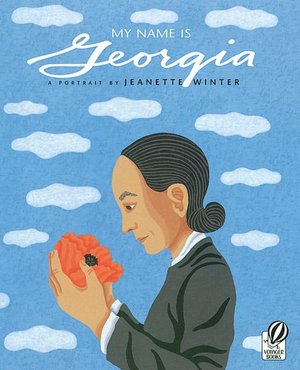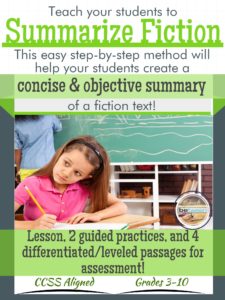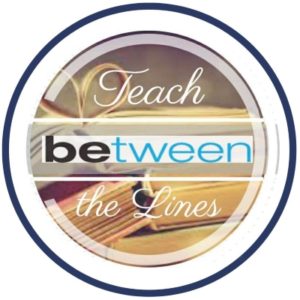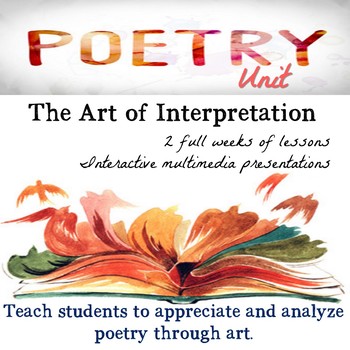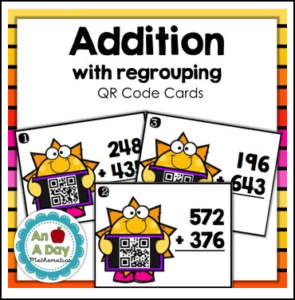Poetry: The Art of Interpretation – is designed to teach students how to interpret, appreciate, and analyse poetry.
There are 9 complete lessons (estimated to last approximately 60 minutes), therefore 2 weeks of lessons.
This complete, no prep unit is a great way to start! This unit includes a student guide, 9 detailed lesson plans, 2 multimedia presentations (no internet connection required), a detailed answer key with annotated poems and answers, and an end of the unit evaluation with rubric, and answer key.
Just print it and teach it.
Poetry is a very subjective form of art. Some poems you love and others, you hate. What we need to realize is that this is the beauty of poetry. Poetry is not a mystery to be solved. Rather, it is the masterful manipulation of language that has the power to transform the ordinary and to immerse its reader into the world created by the author.
This unit incorporates art to help students understand and appreciate the beauty within words. In addition, students will learn how to analyse themes in poetry though paintings and art work.
This HUGE bundle includes:
Each lesson focuses on a different skill set including:
– Knowledge and manipulation of figurative and poetic language
– How to read and understand (appreciate) poetry
– How to analyse poetry
– How to annotate poetry
– How to paraphrase effectively
– How to use symbols
– How to effectively develop themes from poetry
– Creative writing
– Creative activities to learn how to analyse
The unit includes a student packet (20 pages), a teacher packet (with 9 complete lessons), and a comprehensive answer key with annotations to poem (with 17 pages). See preview for more details.
Poets studied include: (8 poems total)
– Billy Collins – “Introduction to Poetry”
– Anne Marriott – “As You Come in”
– Phyllis Gotlieb – “First Person Demonstrative”
– Edgar Allan Poe – The Raven
– Robert Frost – “Nothing Gold can Stay”
– John Crowe Ransom -“Janet Waking”
– Woodruff – “I am a Poem that Tells a Lie”
– Tennyson – “Stopping by Woods on a Snowy Evening”
The unit also includes:
1 – The teacher guide (Contains 9 comprehensive lesson plans to teach the poems included in the unit. EVERYTHING YOU NEED TO TEACH THIS UNIT HAS BEEN DONE FOR YOU. )
2 – The student package (Contains students’ notes , poems, and questions) (20 pages)
3 – The answer key includes annotated poems and answers to all student activities (saving you time – 18 pages).
4 – Included is a test with multiple choice questions as well as a development question. All answers are included. (Word format for easy changes)
5 – 2 PowerPoint presentations – one multimedia presentation to introduce the unit (17 slides) and the second to reinforce the use of imagery and symbolism (19 slides) – NO INTERNET CONNECTION REQUIRED
6 – Images to project or print
7- An end of the unit creative evaluation, which includes clear and concise directions and rubric. (In a Word document for easy modifications)
– An interactive multimedia Jeopardy game to review figurative language and poetic devices (PowerPoint – no internet required)
– A multimedia PowerPoint on how to read and interpret poetry
– A PowerPoint presentation on how to interpret symbols and imagery in literature (19 slides)
– A final culminating evaluation with evaluation rubric (left in Word format for easily made modifications)
The unit has been created in such a way as to simplify the teacher’s life. Photocopy the 3 packages included and don’t worry about it for the rest of the unit. You literally can begin teaching it without any other preparation.
A total of 43 pages + 64 slides are included in this package.
This unit is complete, and does all of the thinking for you. All you need to do is to print out and photocopy the student package and you’re set.
Other poetry units you may enjoy:
Poetry Unit (for senior students)
Poetry Unit for Intermediate Students
